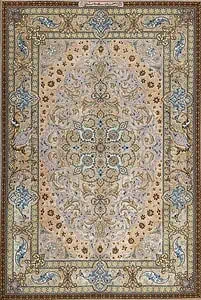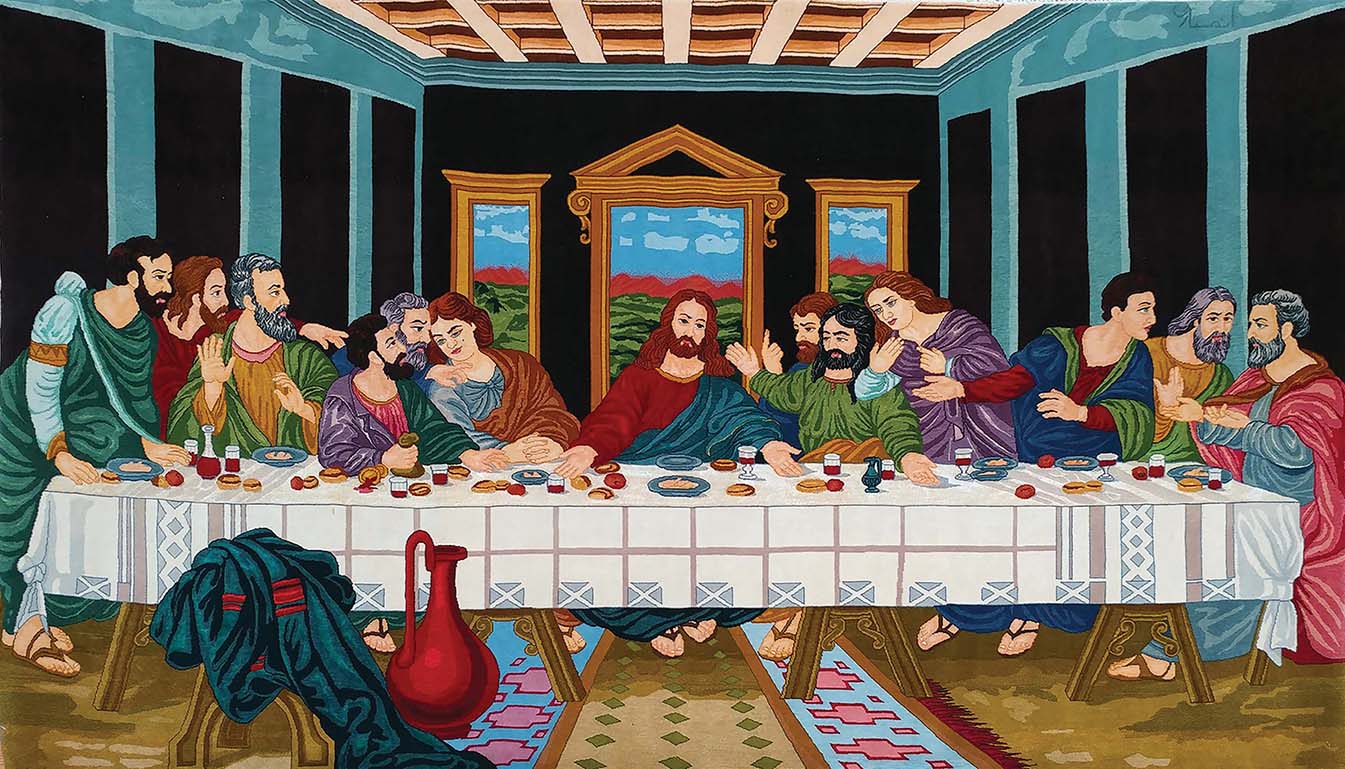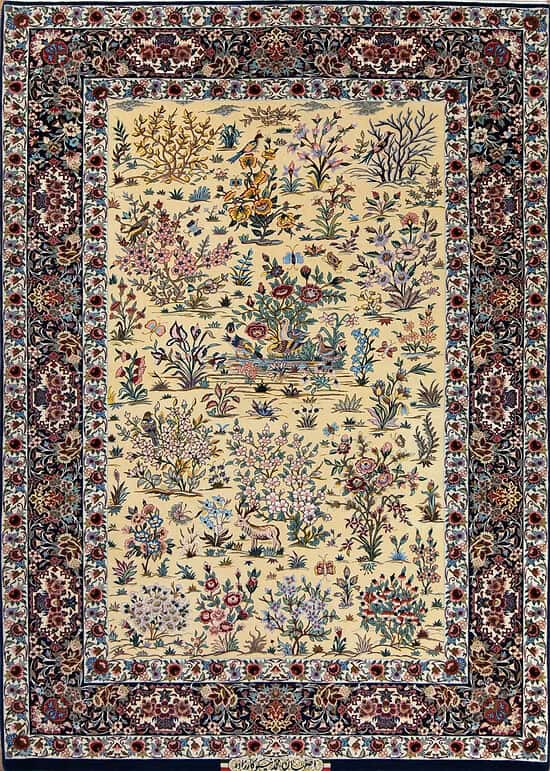
How often have you seen a beautiful Persian rug adorning the floors of a luxurious property and been completely mesmerized by its charm? If your eyes have had the fortune to witness such beauty, the chances are high that those gorgeous Iranian carpets have been bought from “Beautiful Rugs.”
Adored for their premium designs, vibrant colors, and matchless craftsmanship, Persian rugs are the woven treasures to adore. These fantastic carpets have a majestic charm like no other.
The fascination for these exquisite fine Persian rugs is a profound history that is as fascinating as they are. The magnificent grandeur these rugs add to your home can be attributed to their roots that are entrenched within the rich middle-eastern culture.
So, let us take you on a ride to the remarkable history of Iranian Carpets before you buy them and make your home look truly luxurious. Let us get the ball rolling.
How It All Started?
Well, it all started approximately 2,500 years ago in ancient Iran when the local tribes wove these historic rugs to cover the floors and windows. Only did anyone know that this creative skill would develop into a great art and be passed on from one generation to another. Gradually, the designs, colors, and manufacturing processes evolved while retaining the cultural essence. Today, these beautiful Persian rugs have their footprint across the globe, and they can be found adding luxury to lavish Villas and Bungalows.
How Did the Rulers Influence Persian Rugs?
The great Persian kings have played a significant role in the Iranian carpet’s evolution over the years. Cyrus the Great, a renowned king of his era, is widely credited for bringing the invaluable craft of carpet manufacturing to Persia. According to legend, Cyrus’ tomb at Pasargadae, next to Persepolis, was shrouded in priceless carpets. It is anticipated that Persian nomads produced at least fairly basic designs for their own dwellings even before his time. For this reason, they had access to high-quality and robust wool from their herds of sheep and goats.
How Did the History of Persian Rugs Go Forward?
The Safavid Dynasty ruled in the 16th century AD, and this was when the Persian carpet achieved its pinnacle. There are around 1500 copies that have been maintained in different museums and special collections throughout the world. During Shah Abbas’ rule (1587–1629), trade and crafts flourished in Persia. Shah Abbas promoted communication and trade with Europe and made Isfahan, his country’s capital, one of Persia’s most illustrious towns. Additionally, he constructed carpet workshops where talented designers and artisans toiled to produce magnificent examples. Most of these rugs were made of silk and were further embellished with gold and silver threads.
Conclusion:
Persian rugs are among the most beautiful illustrations of rich Middle Eastern history. In the current day, they stand for style and luxury. If you want to get the finest Persian carpets, you can visit Beautiful Rugs, one of the top online suppliers of genuine Persian rugs.





